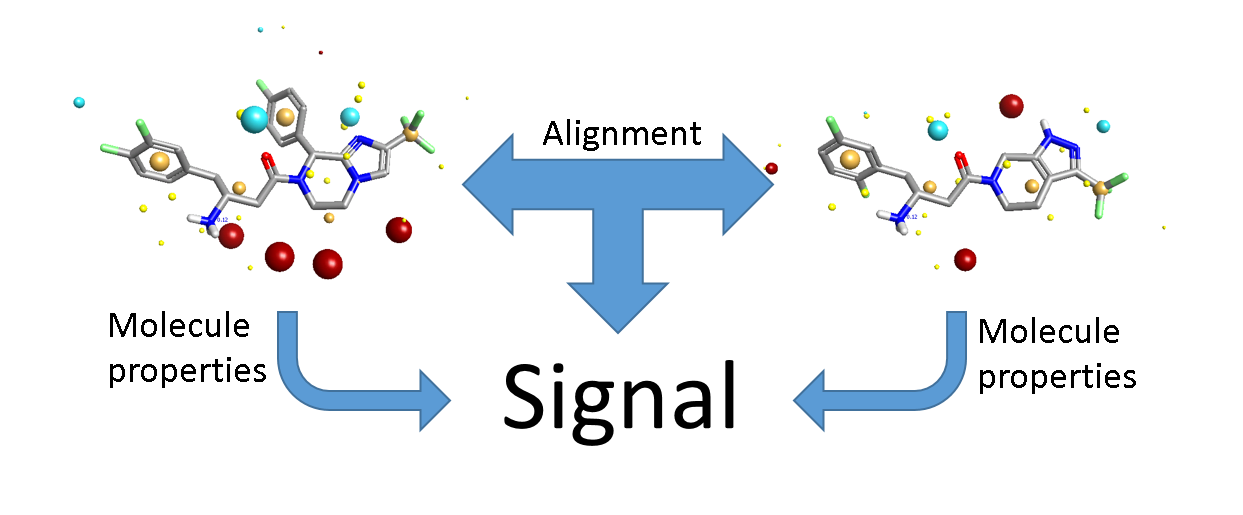3d Qsar Software Engineer

An integrated platform for automatic design and screening. Flow for software integration is a. Rational engineering. The 3D-QSAR analysis provides a. Suggested by Microsoft Storetriptych. Essay Writing Service - Essay. We value excellent academic writing and strive to provide outstanding. 3D Qsar Software. 3D QSAR in Drug. Or classification models used in the chemical and biological sciences and engineering. Quantitative structure- activity. Welcome to www.3D-QSAR.com. Click the App Button you want to work on!
Quantitative structure–activity relationship models ( QSAR models) are or classification models used in the chemical and biological sciences and engineering. Font Adidas 2006. Like other regression models, QSAR regression models relate a set of 'predictor' variables (X) to the potency of the (Y), while classification QSAR models relate the predictor variables to a categorical value of the response variable. In QSAR modeling, the predictors consist of physico-chemical properties or theoretical molecular descriptors of chemicals; the QSAR response-variable could be a of the chemicals.
QSAR models first summarize a supposed relationship between and in a data-set of chemicals. Second, QSAR models the activities of new chemicals.
Related terms include quantitative structure–property relationships ( QSPR) when a chemical property is modeled as the response variable. 'Different properties or behaviors of chemical molecules have been investigated in the field of QSPR. Some examples are quantitative structure–reactivity relationships (QSRRs), quantitative structure–chromatography relationships (QSCRs) and, quantitative structure–toxicity relationships (QSTRs), quantitative structure–electrochemistry relationships (QSERs), and quantitative structure–biodegradability relationships (QSBRs).' As an example, biological activity can be expressed quantitatively as the concentration of a substance required to give a certain biological response. Additionally, when physicochemical properties or structures are expressed by numbers, one can find a mathematical relationship, or quantitative structure-activity relationship, between the two. The mathematical expression, if carefully validated can then be used to predict the modeled response of other chemical structures.
A QSAR has the form of a: • Activity = f(physiochemical properties and/or structural properties) + error The error includes () and observational variability, that is, the variability in observations even on a correct model. Contents • • • • • • • • • • • • • • • • • • Essential steps in QSAR studies [ ] Principal steps of QSAR/QSPR including (i) Selection of Data set and extraction of structural/empirical descriptors (ii) variable selection, (iii) model construction and (iv) validation evaluation.' SAR and the SAR paradox [ ] The basic assumption for all molecule based is that similar molecules have similar activities. This principle is also called Structure–Activity Relationship (). The underlying problem is therefore how to define a small difference on a molecular level, since each kind of activity, e.g. Ability, ability,, target activity, and so on, might depend on another difference.
Good examples were given in the reviews by Patanie/LaVoie and Brown. In general, one is more interested in finding strong. Created usually rely on a number of chemical data. Thus, the should be respected to avoid hypotheses and deriving overfitted and useless interpretations on structural/molecular data. The SAR paradox refers to the fact that it is not the case that all similar molecules have similar activities. Types [ ] Fragment based (group contribution) [ ] Analogously, the 'partition coefficient'—a measurement of differential solubility and itself a component of QSAR predictions—can be predicted either by atomic methods (known as 'XLogP' or 'ALogP') or by (known as 'CLogP' and other variations).
It has been shown that the of compound can be determined by the sum of its fragments; fragment-based methods are generally accepted as better predictors than atomic-based methods. Fragmentary values have been determined statistically, based on empirical data for known logP values. This method gives mixed results and is generally not trusted to have accuracy of more than ±0.1 units.
Group or Fragment based QSAR is also known as GQSAR. GQSAR allows flexibility to study various molecular fragments of interest in relation to the variation in biological response. The molecular fragments could be substituents at various substitution sites in congeneric set of molecules or could be on the basis of pre-defined chemical rules in case of non-congeneric sets.